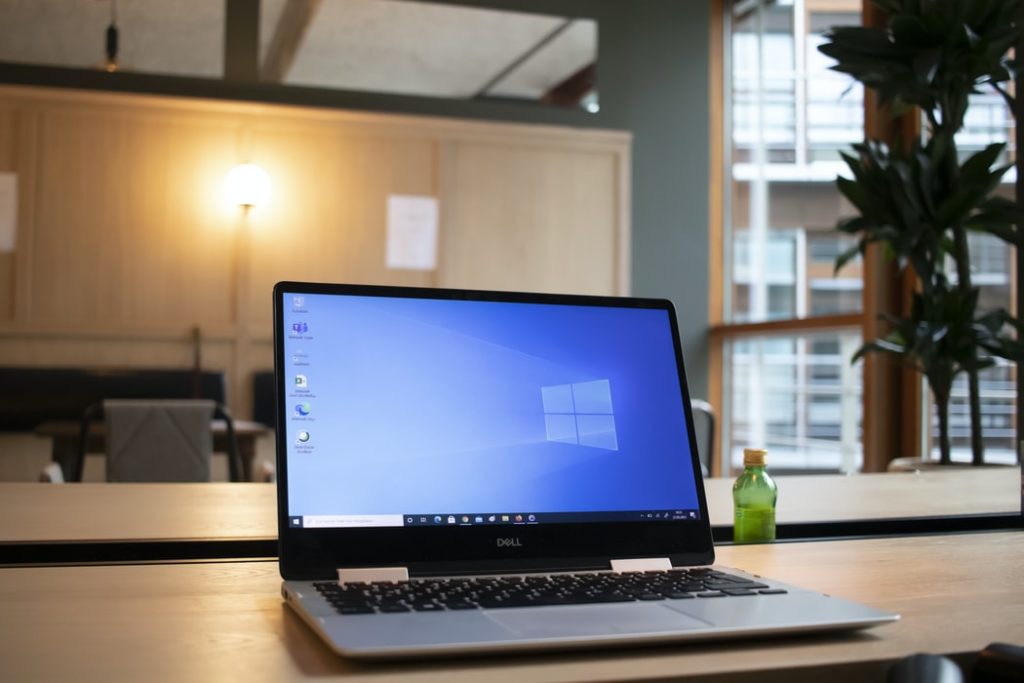
It’s no fun bringing an issue to tech support and not having your computer while you wait for them to fix it. However, it is even less fun to troubleshoot issues on your own! While there are a lot of issues that will need your tech support department, there are a few simple steps you can take to possibly resolve the issue yourself – quickly!
Closing Programs You’re Not Using
If you’ve got multiple tabs open in browser, a video call happening, and you’re playing a video game, your computer might struggle to keep up – especially if it’s an older computer without a lot of RAM. Closing as many programs as you can, and only keeping programs and windows open that you’re actively using, is a great way to help your computer process faster. If you’re downloading or uploading anything, your computer might pick up speed when those processes are finished. Common culprits include video calls, games, and things like photo editing software.
If closing programs down doesn’t solve your issue, you can try…
Restarting Your Computer
It might sound like a tech support cliché – “Have you tried turning it off and turning it back on again?” but a lot of clichés have some basis in fact, right? As you work on your computer, it reserves some of its brain power to keep tabs on what you’re doing and what you’ve already done. It remembers programs you’ve already had open so that it can open them faster if you need that program again. If your computer hasn’t been restarted in a while, the memory gets bogged down and programs can take longer to load, or may freeze completely.
Restarting your computer resets its memory as well as any processes that are ‘stuck’. Plus, if there are important software or system updates available, restarting your device will allow those installs to occur, which may in turn solve some of the issues you’re experiencing. It’s a good idea to regularly shut down or restart your computer, even if you’re not experiencing issues at the time, to clear out the memory and ensure your computer continues to function as expected.

Rule Out Physical Damage
If restarting your computer doesn’t work, it might be time to check things over on your device. Check for obvious physical damage, such as scrapes or dents, and try to remember if you’ve done anything that might have caused internal damage – like dropping it or spilling coffee on it.
You’ll also want to rule out any damage to the power cord. Check the cord for signs of wear and tear, and ensure your device is fully charging when it’s plugged in. If the battery drains quickly or your device doesn’t stay charged when plugged in, this may be causing your issues.
If you do find physical damage on your machine, let tech support know right away. They can work on getting you a new device while helping save any of your work that’s stored on the old one.
Swap Out Variables
If you can’t see any physical damage on the device or power cord, it may be time to swap out other variables. This will help isolate the source of the problem so that you know where to focus your troubleshooting efforts.
For external devices that are plugged into the computer, like a mouse or keyboard:
- Try plugging it in to a different port. If the issue is resolved, there’s likely a physical issue with the port in question, or it could simply be the way it was originally plugged in. Try switching back to the original port to see if the issue is still resolved.
- Try plugging in a different device, such as a different mouse. If the problem is resolved, it’s likely an issue with the external device.
- Try plugging a different device into the port in question. For example, unplug your mouse and plug in your keyboard. If the keyboard works fine, it’s likely an issue with the mouse. If the keyboard doesn’t work, you likely have an issue with that port or with settings or software on your computer.
- Try plugging the device into a different computer. For example, if your mouse works fine on another computer, it could either be the port you were using, or an issue with settings or software on your computer.
For issues with a program on your computer:
- Try running the same program on a different device. If it works, it’s likely a problem with your device or settings.
- Try running the same program with a different account. If it works, it’s likely a problem with your account.
- See if others are connecting without issue on the same network to determine whether it might be an internet issue.
- If the problem is with a website, try clearing your cache and cookies.
Troubleshoot Further
If none of these steps helped resolve your issue, it’s time to look online and see if others have already solved what you’re going through. Google is your friend. If you can find the issue you’re experiencing online and following instructions, you’ll likely be able to implement a resolution on your own.
When searching for a solution online, you’ll want to start with the narrowest field, and expand outwards as needed. Ensure you’re searching for the exact details of your issue. For example, “I can’t open this page” is a great start, but also include what’s happening when you try. Is it taking too long? Are you getting an error message? Are you being redirected? Does it only happen on that website? When did it start happening? The more detail you can include, the more likely you are to find instructions for solving the exact issue that you’re facing.

Here are a few more helpful tips:
- Be sure to include specific details about the device. If your issue is with your laptop or desktop computer, include the make and model. If your issue is with a particular browser (i.e., Chrome or Firefox), include that in the search. If your issue is with an external device, include the brand in your search (i.e., Logitech).
- For an issue on your computer, try searching “(problem) + (program) + (operating system)/(device)”.
- For an issue with a website, try searching “(website) + (problem)”.
- Try various combinations of your search parameters until you find something that matches your specific issue.
- If you can’t think of how to word your problem, try searching “(program) + (device) troubleshooting”. You can also try typing in a few words of your search parameter and see what comes up in the autofill.
Your search engine of choice should have a few shortcuts that make your searches more effective. Unfortunately, these are not universal to all search engines. However, you can search for a list of shortcuts and tricks for your search engine of choice for more information.
When It’s Time to Call Tech Support
These tips and tricks won’t solve every problem, and you will at times need to make a request to tech support for assistance. However, if you’ve completed all these steps before reaching out to IT, you’ll have a much better idea of how to explain the issue you’re having to your support agent, and what you’ve done to try and narrow down the issue. This will likely make it easier (and faster!) for IT to diagnose and fix the problem for you.
You might like: Benefits of Small Scale Coaching